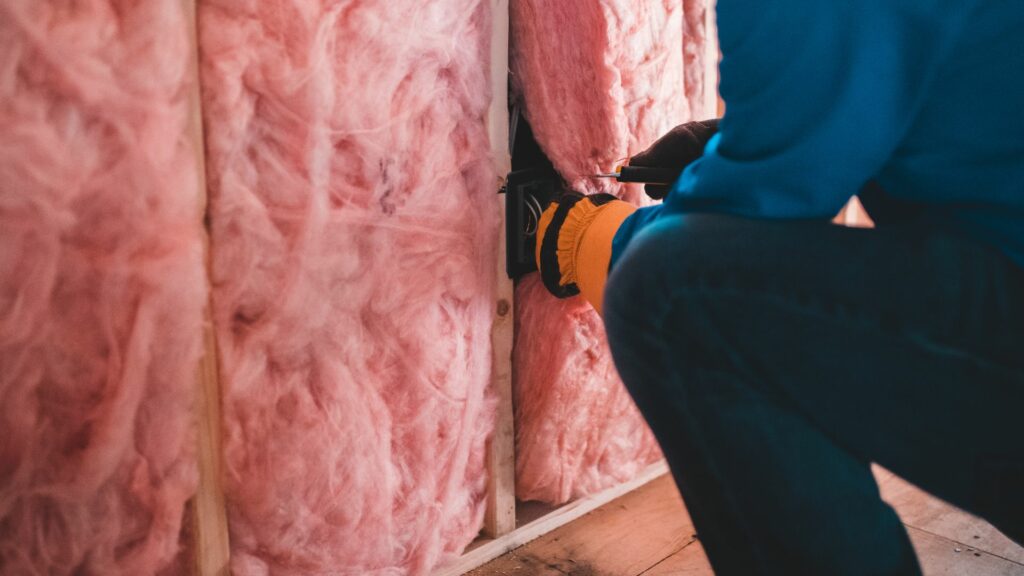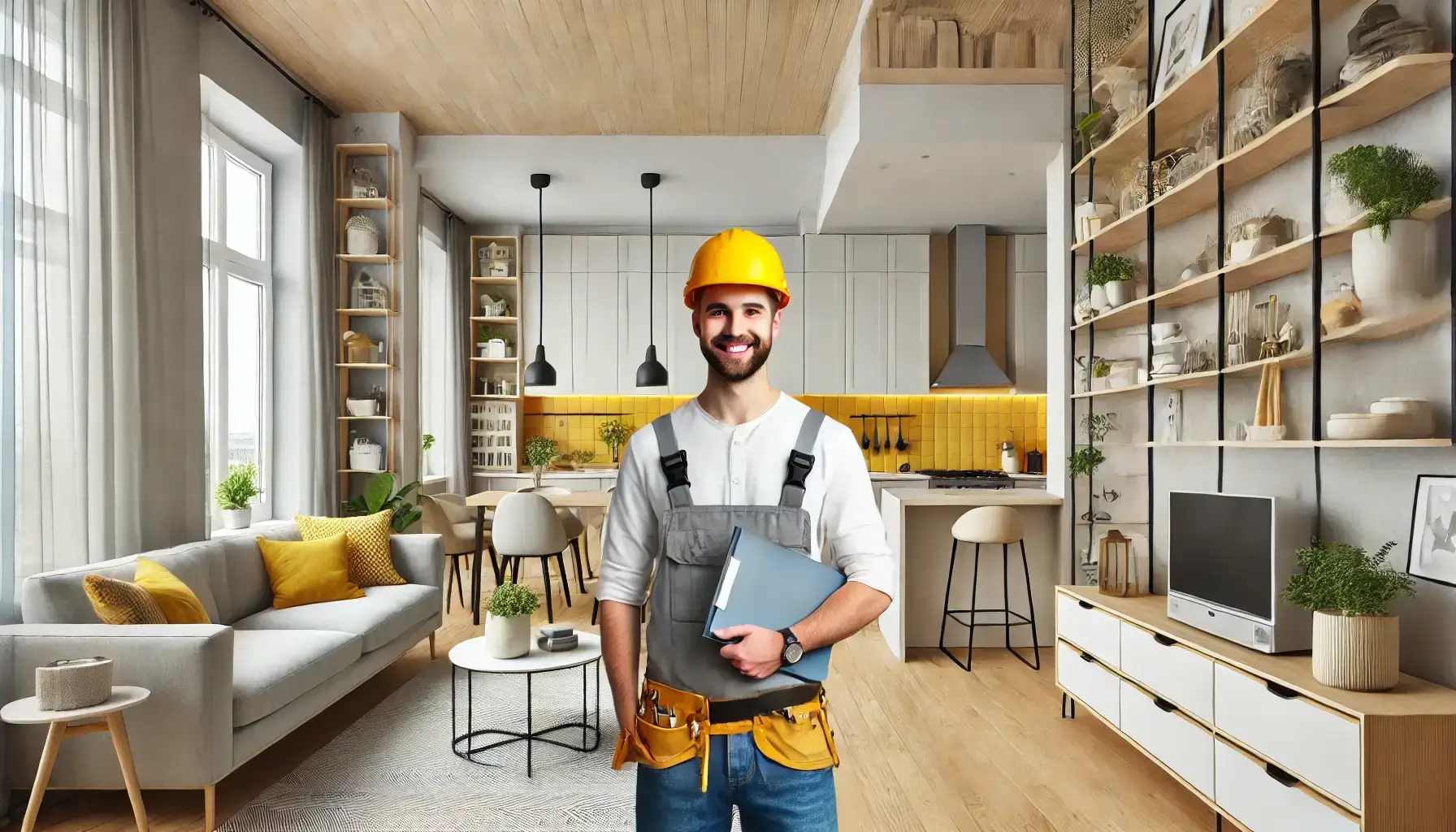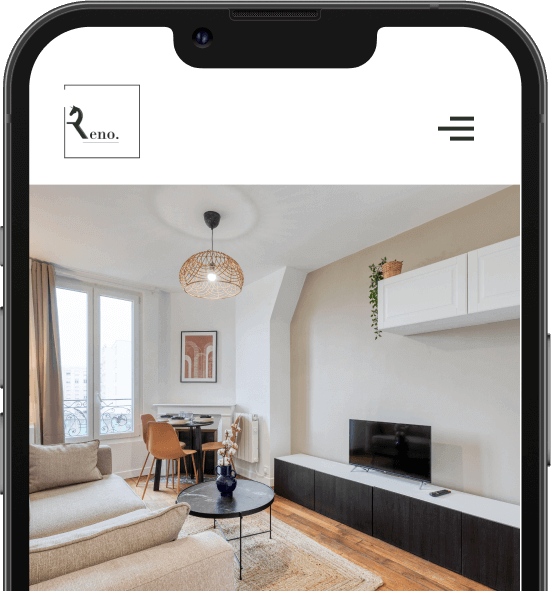During a renovation project or construction of a home, soundproofing is a crucial step to improve your family's well-being. It is a technique aimed at reducing or eliminating noise disturbances caused by annoying sounds that can enter your home. In the context of real estate investment, this approach is an excellent solution to enhance the value of your building. It allows for comfortable living shielded from various surrounding noises. Additionally, it is important to control noise circulation within your interior to avoid being a source of inconvenience for neighbors. What are the potential sources of acoustic nuisances in your home? What solutions can be considered? Here are some tips to improve the acoustic insulation of your residence

Sound insulation: Identify noise pollution in your home
To optimize the soundproofing of your home, it is essential to identify the various sources of noise. Generally, these noises propagate through the air and building materials.
External and Internal Airborne Noise
Among airborne noises are those from parties, gatherings, voices, and traffic (air, road, and rail). Some also result from animal cries, pedestrians, and nearby construction activities. They originate from outside and are emitted by sources not in contact with the building. Typically, these noises pass through walls, windows, doors, or through the air intake of ventilation systems.
Within a building, children's cries, music, television, and conversations also qualify as airborne noises. These are transmitted through air vibrations from one apartment to another through the floor, ceiling, partition, or shared wall. They can also enter through roller shutter boxes, chimney ducts, or boiler exhaust pipes.
Impact Noises Heard in Your Home
Also known as solid-borne noises, impact noises come from vibrations or impacts. The most common ones are rain hitting the roof, footsteps, heels, chair movements, or equipment noises. Renovation work in the neighboring apartment and door slamming also produce noise disturbances within a building. These are transmitted through the structure or walls of the building, through the roof, pipes, partition, wall, or floor.
In most cases, impact noises lead to disputes between neighbors. To address them, it is best to discuss with them to find common solutions. In any case, consider soundproofing and acoustic correction for your home.
Improving Window Soundproofing
Windows are the primary entry points for noise from outside your home. To isolate them perfectly, several techniques are possible.
Use Double-Glazed Windows
The best solution to optimize sound insulation at the window level is to use double-glazed windows. If you live in a particularly noisy environment, opt for high sound insulation windows, such as asymmetric or acoustic laminated glass ones. These have very interesting acoustic performance, ranging from 30 to 40 dB (decibels).
Add Secondary Glazing to Existing Windows
You can achieve acoustic insulation without changing your existing windows (provided they are in good condition). For this, a professional can suggest replacing only their glass with a double-glazed one. This involves window replacement while retaining the existing frame. Also, installing glass on the inner surface of existing windows is another high-performance solution.
Seal Your Home's Windows
Aging joinery freely lets noise enter your home, putting you in an embarrassing situation. To avoid this problem, you can seal your openings. For this, several methods are available, including :
- Restoring seals, whether they are made of foam, silicone, metal, or rubber ;
- Gluing a door bottom for a French door to block the space between the opening and the threshold ;
- Installing thermal and acoustic curtains.
Regarding the costs of window insulation, budget around €50/sqm for simple double glazing. This amount rises to €200/sqm for reinforced double glazing (excluding installation costs).
Soundproofing : Properly Insulating Doors
In addition to windows, doors also serve as pathways for noise transmission in your home. For better insulation, consider replacing them with armored doors, changing the seals, or installing a noise-reducing curtain.
Furthermore, you can improve the soundproofing of your door without replacing it. For example, you could :
- Enhance the seal of your door's joints ;
- Seal the keyhole to limit noise propagation within your home ;
- Opt for a heavier door leaf ;
- Install a door curtain to improve its acoustic and thermal insulation.
- Seal the bottom of the door..
Regarding the cost of soundproofing a door, it can be relatively high, especially if you opt for replacement. For example, for an aluminum door, prices can range from €800 to €2,000.
Soundproofing Walls
For this type of work, you can insulate all your walls or only those in the most sensitive room, such as soundproofing a bedroom. This room could be your bedroom, your children's room, or your office.
Using a Metal Framework
Depending on the nature of your walls, you can opt for a metal framework lining. This technique is more affordable, especially for plaster walls between two rooms. By using plasterboards and mineral or vegetable wool, this method can achieve excellent sound results. Indeed, the final thickness (70 mm) of the metal framework lining can result in a sound gain of around 20 dB (decibels).
Adding a Counter Wall
Many homeowners choose to install a counter wall with insulation, using bricks, concrete, or tiles. This practice is very effective, especially for masonry walls. However, it is advisable to apply elastomeric strips to optimize insulation.
Anti-Noise Paint
Using anti-noise paint is also an excellent alternative for wall insulation in your home or apartment. This material, composed of glass microbeads forming a sound barrier, is applied in three layers on the wall. This prevents noise from propagating through the wall.
Generally, the most commonly used insulation materials by homeowners are those made of glass.
For excellent soundproofing of the wall, prepare a budget ranging from €12 to €35/sqm, excluding labor costs.
Soundproofing the Floor
Floor insulation is one of the essential solutions to improve sound comfort in your home.
For Concrete Floors
For concrete floors, the most suitable method for soundproofing is using mineral wool panels and a concrete screed. These insulators are the most effective for reducing impact noises. This insulation technique can also be used for installing or renovating a heated floor. If you have a hardwood floor installed on joists, the soundproofing material can be inserted between them.
For Wooden Floors
For lightweight floors, you can directly install soundproofing material and then cover it with a new finish. For this finish, consider using hardwood flooring, a slab, or a flexible covering.
Soundproofing from Below
Since it's impossible to soundproof a concrete or wooden floor from above, the insulation is done from below. The principle is to add a false ceiling composed of soundproofing material and plasterboards in the room beneath the floor. This is an excellent alternative to enhance acoustic comfort in your home.
Generally, the budget required for floor soundproofing ranges from €9 to €23 per square meter (excluding installation).
Sound insulation: insulate the partitions well
Floor insulation is one of the essential solutions to improve sound comfort in your home.
Using Acoustic Underlay
The primary solution for soundproofing walls involves using an insulating underlay. This should be installed before fitting a plasterboard onto the existing surface, resulting in a total thickness of 15 mm. This method works particularly well for brick walls, plaster tiles, or honeycomb walls.
Installing an Acoustic Counter-Partition
Another solution for soundproofing walls is to use an acoustic counter-partition as a second layer on the existing wall. This involves a framework with soundproof plasterboards of 13 mm and a 20 mm thick glass wool. This type of soundproofing minimizes bulkiness on the wall and is suitable for small spaces. It significantly reduces noise on hollow walls.
The budget required to isolate a partition is typically around €20 to €45/m².
Soundproofing the Roof
Soundproofing the roof is essential to reduce noise caused by rain impact.
External Soundproofing
For external roof insulation, the best solution is to install insulation between the frame and the slope.
In new constructions, the recommended technique is to directly lay the insulation on the roof boards. This is done using thin boards fixed horizontally on the rafters or purlins.
Additionally, in renovations, insulation on the rafters is preferred. For optimal soundproofing, install the insulation directly on the rafters of your roof.
To improve roof insulation externally, you need to prepare a larger budget. Expect to spend between €100 and €200 per meter.
By Interior Means
In this case, soundproofing the roof corresponds to insulating converted or unconverted attic spaces.
Insulating converted attics is typically done by placing insulation between the rafters and the wooden framework. Additionally, a second layer of insulation is added, followed by covering with soundproof plasterboard panels.
For unconverted attics, you can simply lay a layer of soundproof insulation on the floor. If the attic space is inaccessible, the blowing insulation technique is the best solution.
As for the cost, you should budget between €40 to €90 per square meter.
Dampening Equipment Noise
To improve acoustic comfort and protect sensitive ears, it's important to address various noisy appliances in your home.
Isolating Plumbing Systems
To improve the insulation of drainage pipes, consider enclosing them in an acoustic housing. For major renovations, opt for cast iron pipes to reduce the noise of water flow. Due to the thickness and density of these materials, they ensure optimal acoustic performance for your pipes.
Isolating Ventilation Systems
Noises from bathrooms or air extractors can cause disturbances in your home or apartment. For perfect isolation, choose tanks with silent mechanisms or ventilators designed specifically for light sleepers. If you install a Mechanical Ventilation system (MV), you can insert sound traps. This technique helps limit noise related to air extraction.
Opting for Quieter Equipment
Washing machines, dishwashers, refrigerators... These appliances come with labels displaying their noise levels. For moderate acoustic comfort, invest in phonically efficient tools. Moreover, for energy savings in your home, quieter equipment is beneficial.





